Sure, replacing a concrete foundation or other structure with concrete makes perfect sense. It was, after all, designed for concrete. In a vacuum, replacing it makes sense. However, construction and maintenance projects in today’s industrial environments are subject to a wide range of constraints and obstacles that make what sounds simple complex. Clients have market and economic pressures that are driving them to require you meet a schedule that doesn’t’ seem realistic using conventional construction materials and techniques. And you’re right.
Time to Go Unconventional
There are options available today that, in the past, had been considered “patching” or “repair” products. The old “patches” have become widely varied in working time, redesigned for larger pours and accelerated for faster strength gain. These products are now considered a common way to address the need to replace concrete and still stay on schedule. Let’s take a look at these common attributes.




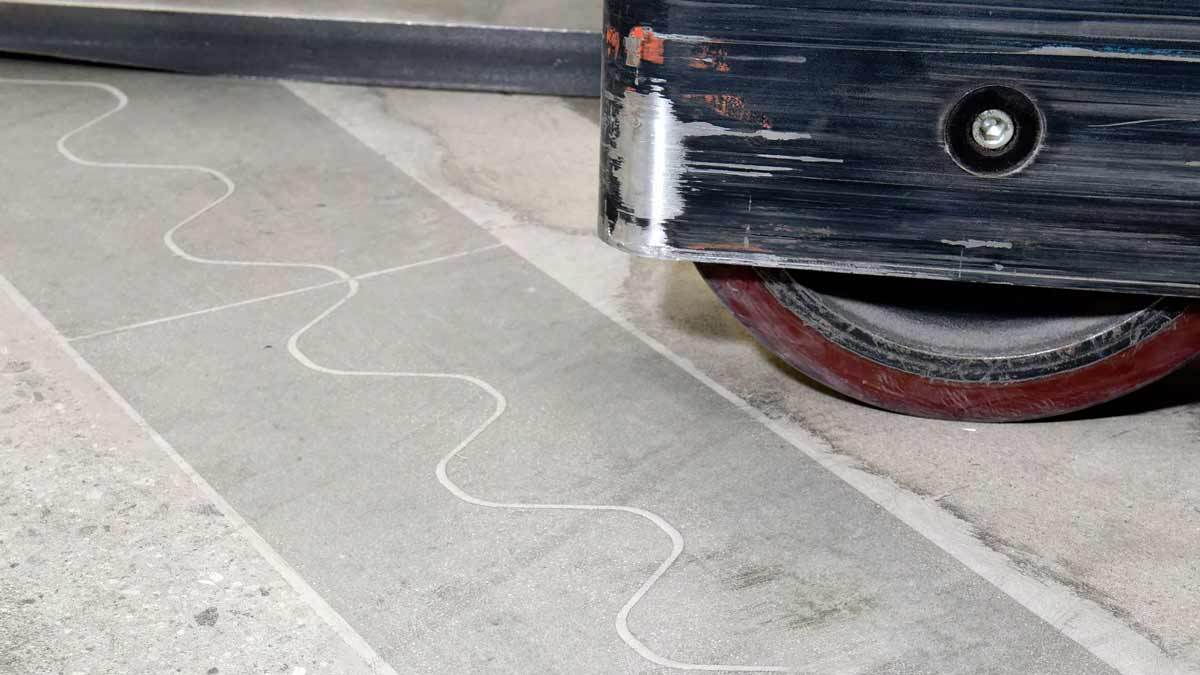
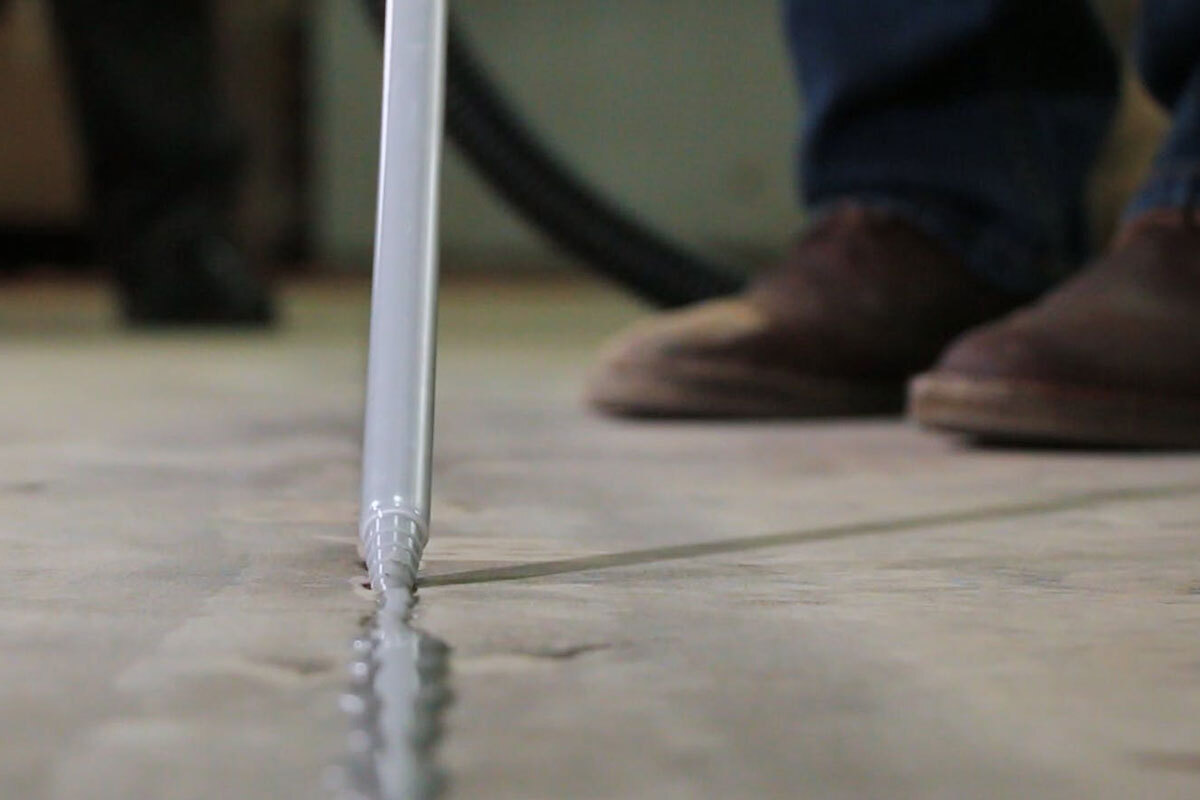
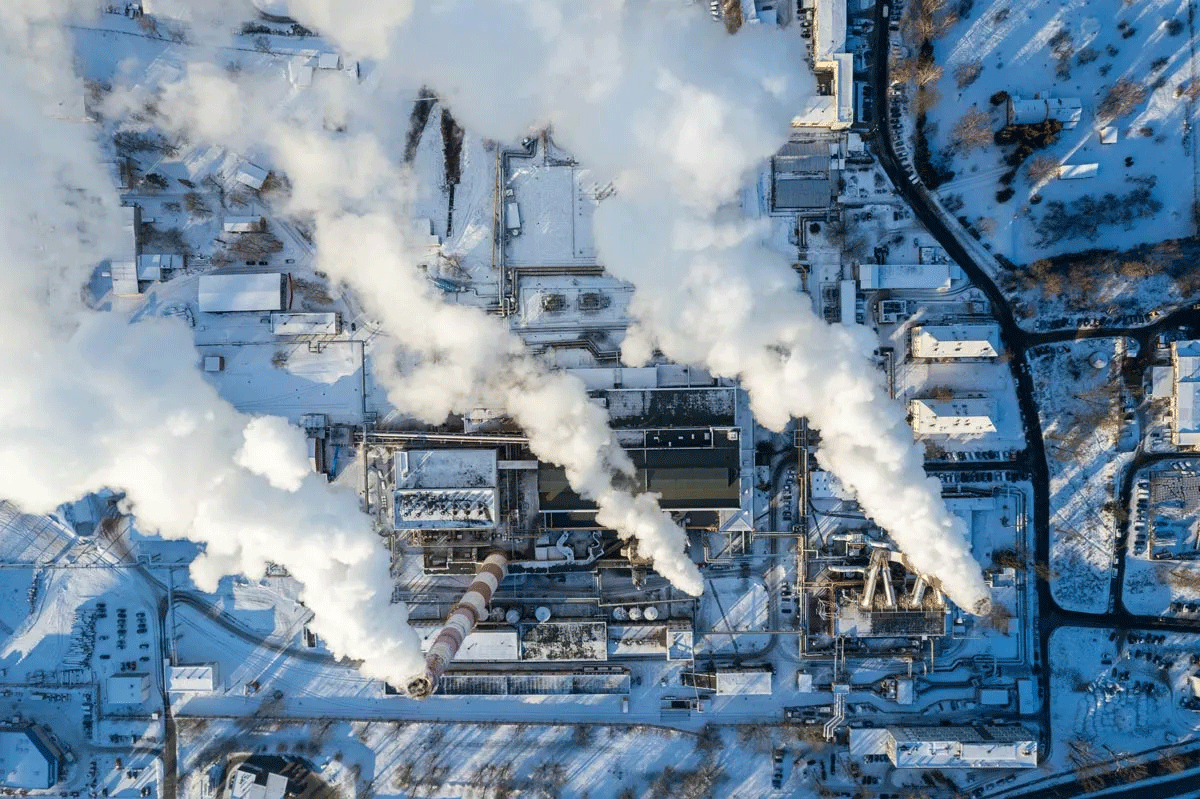
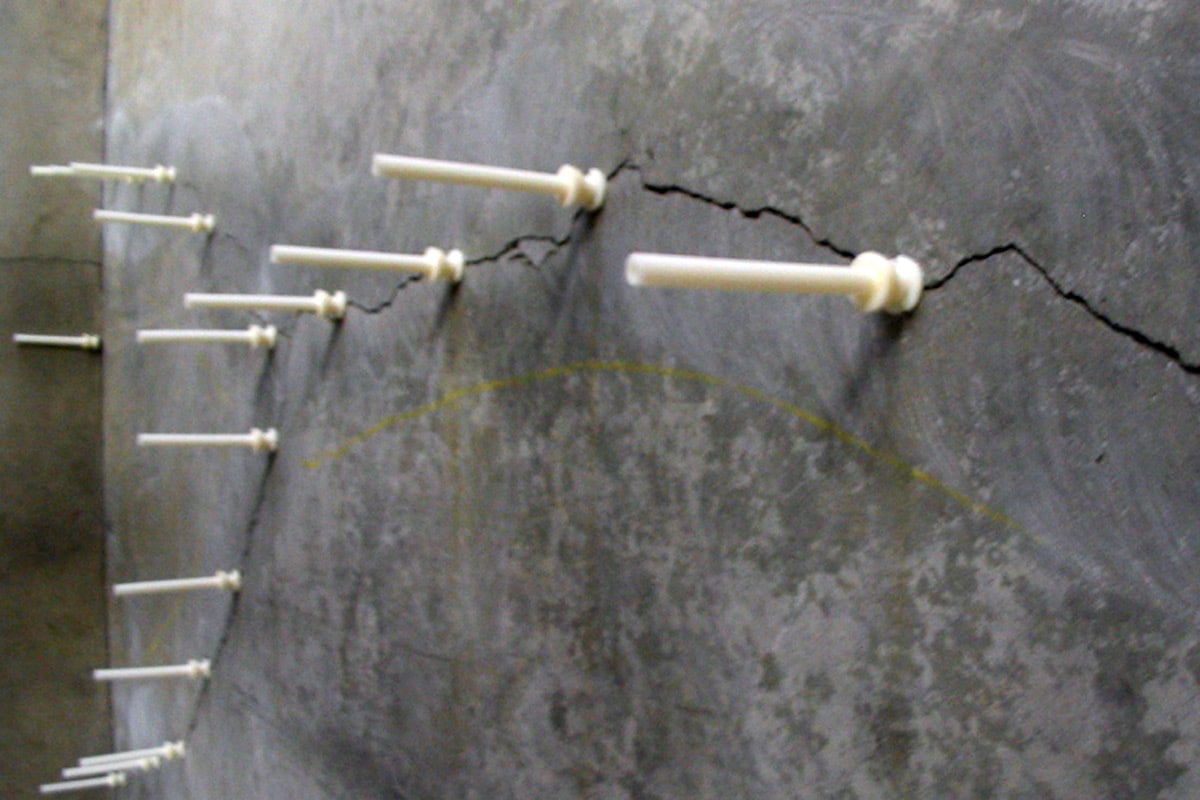
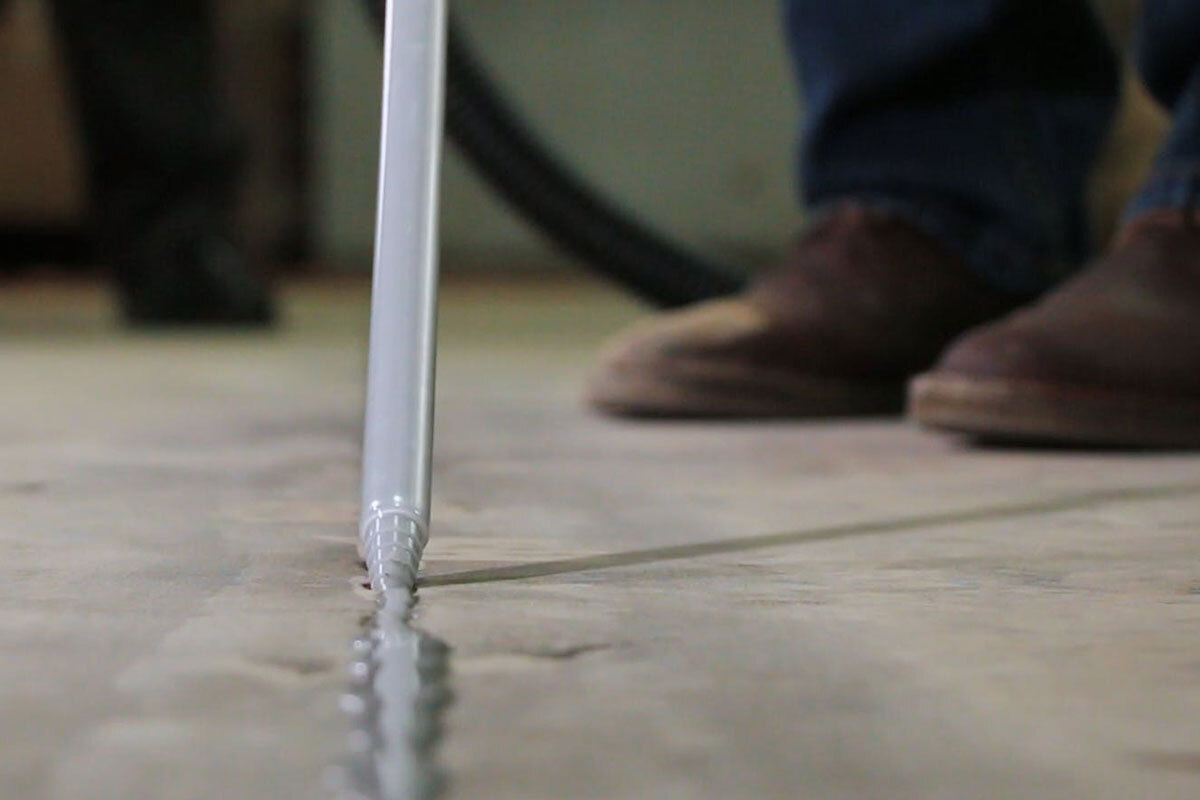
Please complete your information below to login.